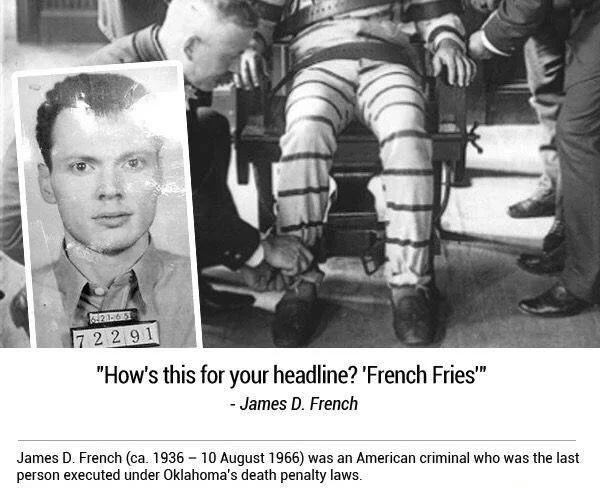Laughter

Is there a boundary to laughter?
In 2015, Louis CK received international condemnation for his Saturday Night Live opening monologue wherein he made jokes around mild racism and child molestation (this was two years before receiving international condemnation for a series of sexual assault allegations he later admitted to).
Skip to 06:45 minute for jokes that were condemned.
Of course, Louis CK is not the only offensive comedian who’s committed sexual offenses. Is there a link between people who make/listen to sexually offensive jokes and people who commit sexual offenses?
According to a 2013 study, after hearing sexist jokes, men report higher rape proclivity. “Rape proclivity” is a self-reported measurement reflecting a man’s willingness to rape a woman assuming he would not be caught. Interestingly, if hearing the same joke by a woman, men report even higher rape proclivity.
Before assessing the rightness or wrongness of a joke, it is pivotal that we first understand what jokes are, what comedy is.
Laughter
Laughing is weird. If an alien race that had never experienced laughter, travelled 3 billion miles to planet Earth, only to find humans laughing… they’d think it was the strangest thing they’d ever seen.
So, what is Laughter?
Though the evolutionary origins of fun and laughter have been heavily debated by academics throughout history, the best theory on the topic may come from neuroscientist and philosopher V. S. Ramachandran told in both The Tell-Tale Brain and Phantoms in the Brain.
Ramachandran recognizes that "any stereotyped vocalization almost always implies that the organism is trying to communicate something to others in the social group.” Screams, cries, coos, grunts, sighs, yawps, moans - these all have clear, embedded, universal, a priori meaning. These messages are so pivotal to our survival, so fundamental, it’s no mystery why they’d been embedded into our psyches long before the advent of complex language.
V.S. Ramachandran
But, as Ramachandran asks, “what might this be in the case of laughter?” What message is being communicated that is of such significance that it is among the handful of preverbal vocalizations that evolved into us long, long ago?
Infants laugh very early on, often learning to laugh before they learn to speak. People who are born blind and deaf can still laugh. And the laughter produced by deaf people is very similar to laughter produced by hearing people, an indication that laughter is self-generated and not nearly mimicry. Laughter appears to be hard-wired into human biology.
The Incongruity Theory of laughter
There are several theories attempting to breakdown why laughter exists. The most prevalent of these is referred to as the Incongruity Theory of Laughter. Some researchers pose that laughter is simply the result of broken expectations. They say it is the element of surprise that triggers laughter. We laugh at things that are sudden, unexpected, and incongruous. This style of humor is particularly effective on children, who will laugh at the sudden disappearance and reappearance of a face, or at using a shoe as a phone.
Some theorists, though, suggest that this is not enough. As Ramachandran points out: Any joke or humorous incident has the following form. You narrate a story step-by-step, leading your listener along a garden path of expectation, and then you introduce an unexpected twist, a punchline, the comprehension of which requires a complete reinterpretation of the preceding events. But that‘s not enough... Deflation of expectation is necessary but not sufficient. The extra key ingredient is that the new interpretation must be inconsequential.
Imagine for a moment an ancient, prelinguistic tribe. In the middle of the night, the tribe is soundly asleep. They've chosen a watchman to stand guard and protect them from any outside intruders. Off in the distance, the watchman sees an enemy progressing towards him. The watchman has no formal language to alert his tribe of the intruder, so he resorts to grunts, yelps, beating on his chest. This awakens and alerts his tribe. They ready themselves for battle. The contagious grunts and yawps rip through the tribe, creating a sonic storm loud enough to scare away the intruder. But the intruder is not scared away. He continues forward. As he approaches, though, the watchman realizes that this is not an enemy. This… this is Steve. He’d been sent out to search for water 3 days ago and must finally be returning. Now, there must be a way for the watchman to communicate to his tribe that this was only a false alarm, otherwise, they may tear him to pieces. So what does he do? He begins to laugh. And this laugh rips contagiously through the tribe. And Steve survives. Ramachandran’s False Alarm Theory of Laughter can explain the comedy behind most jokes ever told.
Comedy ≠ Drama
Comedy is fundamentally different from drama. In a conventional drama, there is a problem (e.g. a dragon), and as the drama advances the problem is solved (e.g. the hero slays the dragon). In a joke, however, a problem is presented, but the problem is not solved. Instead of being solved, there is a paradigm shift, and it is revealed that the apparent danger, the apparent threat, the apparent problem never actually existed (e.g. the dragon was really just a play of light in the sky).
As Immanuel Kant theorized in his Critique of Pure Judgment, two centuries before Ramachandran, “laughter is an affect resulting from the sudden transformation of a heightened expectation into nothing.”
Kant continues: Suppose that the heir of a rich relative wants to arrange for him a very solemn funeral service, but complains that things are not quite working out: For (he says), the more money I give my mourners to look grieved, the more cheerful they look.- This evokes ringing laughter in us, and the reason is that we have an expectation that is suddenly transformed into nothing.
Gallows Humor
Gallows Humor refers to the kind of joke one might have just before the time of death. Douglas Adams gives us an excellent example in The Hitchhiker’s Guide to the Galaxy:
“So this is it," said Arthur, "We are going to die."
"Yes," said Ford, "except... no! Wait a minute!" He suddenly lunged across the chamber at something behind Arthur's line of vision. "What's this switch?" he cried.
"What? Where?" cried Arthur, twisting round.
"No, I was only fooling," said Ford, "we are going to die after all.”
In real life, many convicts on death row have confronted their imminent death with humor. For example, the murderer James French, before his death by electric chair, is attributed with these famous last words: "How's this for a headline? 'French Fries'."
Doctors also reportedly lighten the load of difficult news with Gallows Humor:
“How long does he have to live?”
“Let me put it this way… The next time he needs to buy toothpaste, tell him the travel size will do just fine.”
Ramachandran writes, “This also explains why laughter is so notoriously contagious, for the value of any such signal would be amplified as it spreads through the social group.”
Tickling
Can Ramachandran’s False Alarm Theory of Laughter tell us anything about tickling? Studies looking into why we laugh when tickled have been inconclusive. One study recently scanned subjects’ brains with an MRI while tickling them. The study found that tickling activated the hypothalamus, igniting the subjects’ primitive desire to flee from danger, setting off an “alarm." Once the ticklee recognized that this is no enemy, but a friend, the alarm was revealed to be false, resulting in a laugh.
When being tickled, we are suspended in two distinct worlds, receiving two signals simultaneously: one that we are under attack, and another that this initial signal was a false-alarm. This explains why we are unable to tickle ourselves, as no real threat is ever detected, and why we do not laugh when being tickled by someone who actually presents a threat, for there is no false-alarm, but a very genuine alarm. This might help explain why jokes are so difficult to remember. Our brains may save storage space by offloading all inconsequential information. And jokes, according to Ramachandran’s theory, are definitively inconsequential.
SLapstick
Ramachandran suggests that the False Alarm Theory of Laughter may also explain slapstick. You watch a man—preferably one who is portly and self−important—walk down the street when suddenly he slips on a banana peel and falls down. If his head hit the pavement and his skull split open, you would not laugh as you saw blood spill out; you would rush to his aid or to the nearest telephone to call an ambulance. But if he got up casually, wiped the remains of the fruit from his face and continued walking, you would probably burst out laughing, thereby letting others standing nearby know that they need not rush to his aid. Of course, when watching Laurel and Hardy or Mr. Bean, we are more willing to tolerate "real" harm or injury to the hapless victim because we are fully aware that it's only a movie.
This perhaps is why Charlie Chaplin’s Tramp sports such a ridiculous waistcoat, mustache, and tophat. Or why Larry, Moe, and Curly style their hair so ridiculously. These alienation tools keep the audience reminded that they are merely watching an imitation of life, but not real life. Thus they are simultaneously suspended in two distinct realities: one in which the action in the scene is a terrible tragedy, signalling an alarm; and another in which the action in the scene is merely fictitious and poses no genuine threat, signalling a false-alarm indication.
Nervous Laughter
In addition, Ramachandran argues that this False Alarm may be the evolutionary origin of nervous laughter and speculates that this could even be the evolutionary origin of the smile. And this may shed light on why cannabis makes so many of us burst into laughter. Scientists currently don’t know why cannabis makes us laugh. But following Ramachandran’s theory, perhaps cannabis affects brain chemistry in such a way that the things we believed to be very serious become unserious, inconsequential, and this, in turn, creates laughter.
As one Leafly user put it, “I laughed so hard that I threw up. And that made me laugh more. It was terrible.” We laugh when playing games like Truth or Dare, Strip Poker, or Spin the Bottle because the actions that result from play break social conventions, and for this reason are believed to be sacrosanct. Once a rule is broken with no consequence, players realize that this alarm was false, resulting in laughter. Breaking rules that result in serious negative consequences, (e.g. drinking enough alcohol to incite poisoning) is not fun. If players are not customarily adherent to these social conventions (e.g. friends who often kiss or see each other naked), they will likely not find these games fun, as no alarm is ever signaled.
The value of laughter has not been overlooked by health researchers or spiritual teachers. “I have been confronted with many difficulties throughout the course of my life,” the Dali Lama once said. “And my country is going through a critical period. But I laugh often, and my laughter is contagious. When people ask me how I find the strength to laugh now, I reply that I am a professional laugher.”
We sometimes say that life is a comedy. That life is a game or a joke. What does this mean?
Well, according to the False Alarm Theory of Laughter, this would imply that life is full of experiences that on the surface appear to be consequential, dangerous. But, beyond the surface interpretation, it’s recognized that these things are, in fact, inconsequential.
A fun life does not result from disregarding objectives, disobeying rules, disengaging in competition, avoiding danger, shirking off responsibility, undervaluing points systems, or rejecting our roles. But to look at life as a comedy, as a joke, as a game, to attain the psychological state of “fun,” we must be simultaneously suspended in two worlds, one that considers the rules, competition, rewards, etc. of this game-world seriously, and another that recognizes them to be ultimately inconsequential.















